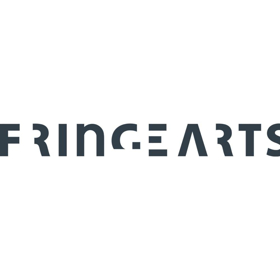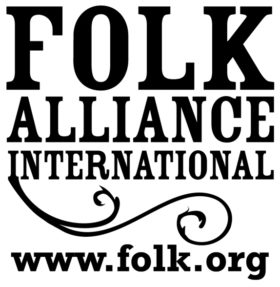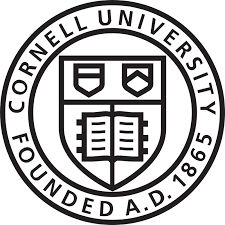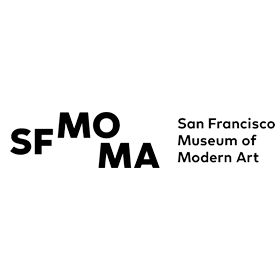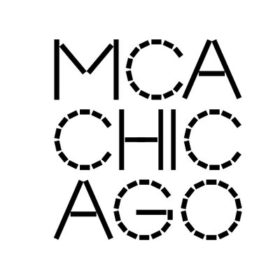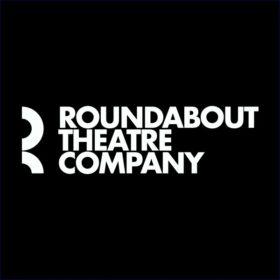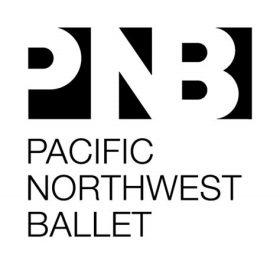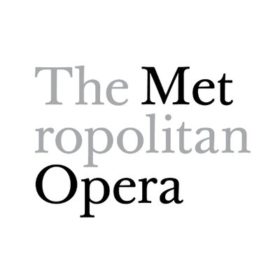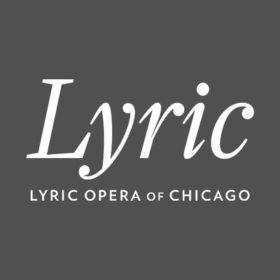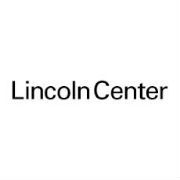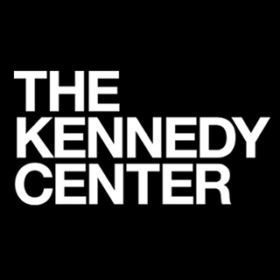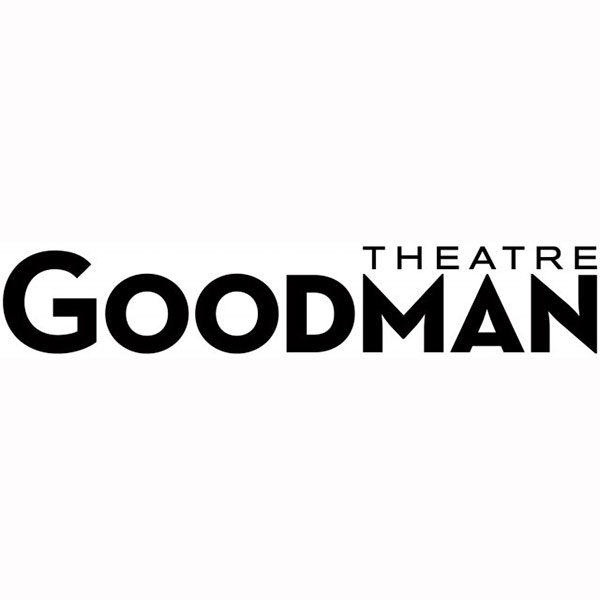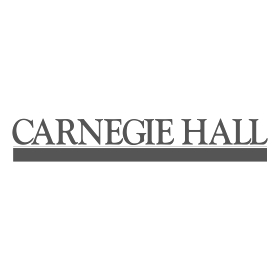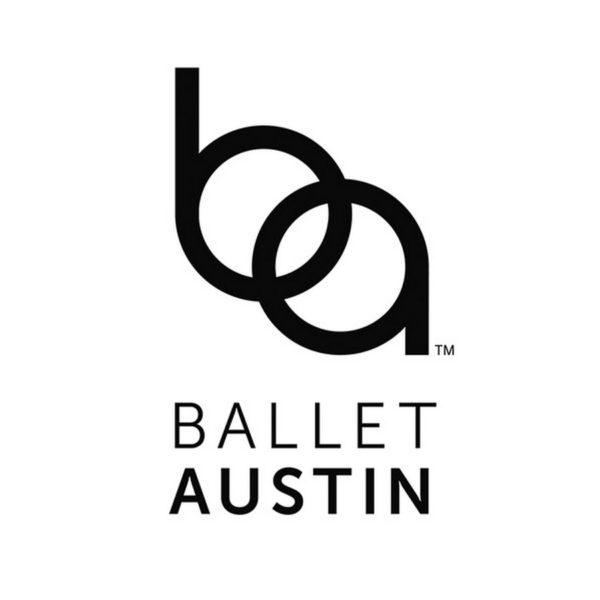The Arts
We get the challenges facing arts organizations.
Technology, funding, demographics, and audience expectations are changing. Artistic categories are blurring, traditional norms morphing. The arts have to earn relevance and compete with…well, everything. Excellence is still essential, but it’s no longer enough; the arts have to meet needs.

The arts have been at the heart of our research practice since 1999. We’ve seen the power of audience and community research to bring arts leaders, staff, and board members together around a shared picture of possibilities and progress. We work with some of the most beloved arts organizations in the U.S., from symphonies, opera companies and art museums to theater and dance companies, film festivals, performing arts centers, creative placemakers, and arts funders and service organizations. We love bringing audience and community voices to the table to help arts enterprises rethink their assumptions, take strategic risks, and become more vital, inclusive, and successful.
Find your arts discipline below, or shoot us a note.
Over the course of my career, I’ve worked with Slover Linett many times—and looked to them to provide important audience insights that guided key marketing decisions. They have a unique understanding of the complex world of arts and culture that few if any other firms possess. I would highly recommend them for any project that called for a smart, strategic and insightful research approach.”
Explore our arts practice-areas
Symphonies & classical music
For almost two decades, we’ve conducted strategic market research for renowned orchestras and other classical music organizations, from the Chicago Symphony and Carnegie Hall to the Los Angeles Philharmonic and New York Philharmonic. Our studies have looked at loyal subscribers and donors, single-ticket-buyers, and non-attenders in the community. The findings have informed or assessed new concert formats and artistic collaborations; subscription and pricing experiments; marketing and branding strategies; and myriad other initiatives to engage new audiences.
We’ve learned a lot along the way, and we share those findings at the League, NAMP, and other conferences. But don’t wait to say hello there— shoot us a note.
Art museums
How do people want to connect to art, emotionally, intellectually, socially, and even physically? What would their ideal art museum experience look like? We’ve explored those questions and many others for some of America’s leading art museums, from encyclopedic institutions like the Metropolitan Museum of Art and the Philadelphia Museum of Art to modern & contemporary collections, single-artist museums, regional innovators, and campus-based art museums. Our audience research & evaluation studies have helped make exhibitions more innovative and powerful, marketing and branding efforts more compelling, membership programs more successful, public programs more inclusive, and community engagement initiatives more authentic and lasting.
We present frequently at AAM, VSA, and other museum conferences. Look for us there, or drop us a line.
Opera
The opera audience is a unique, passionate subset of arts attenders—and the challenge is that it has been shrinking. But currents of innovation have been swirling around the field. Major opera houses are blurring the boundaries between opera and other forms of music and theater, and community collaborations and social-activism have begun to reposition the art-form. A wave of small new companies, working in alternative spaces, are drawing young audiences to intimate, dramatically and vocally powerful productions. Our research has led to data-driven innovations in programming, digital distribution, marketing, and subscription sales at beloved companies, including Lyric Opera of Chicago and the Metropolitan Opera.
Have questions about your audience or community? Get in touch.
Theater
From touring Broadway musicals and award-winning regional ensembles to storefront productions and contemporary performance festivals, theater is a sprawling category of arts engagement. Commercial and nonprofit models overlap, and talent flows from stage to screen and back. Slover Linett’s research has helped theater organizations—and the foundations and service organizations that support them—understand audience decision-making pathways, test new subscription models, and engage people in new work. (We learned that most audiences aren’t looking for artistically “safe” theater experiences; they’re looking for signs that they’ll enjoy the experience—which often leads to safe decisions, especially among subscribers.) We’ve worked with theater marketers, artistic leaders, community engagement staff, and city-wide theater and arts entities to shed new light on what brings people to that seat in the fourth row…and what being there does for them and their communities.
Don’t wait to run into us at a TCG conference. Shoot us a note.
Dance
Like theater, dance is a hugely diverse domain, spanning major venues and basement black-boxes, professional and participatory modes, live and technologically mediated experiences, and nonprofit and commercial contexts. Slover Linett has a long history of conducting research for the dance community, including ballet and contemporary companies, citywide consortia, dance funders, and the national service organization, Dance/USA. We’ve explored audiences’ perceptions of dance categories, attitudes toward risk-taking and new repertoire, the language in which dance companies communicate, and the complex relationship between informal or social dancing and attending professional dance. We’re inspired by dance artist-activists who collaborate with community residents to create work that sparks social change.
Can we help your dance company or venue? Get in touch.
Performing arts centers
Arts presenters and multidisciplinary venues have distinct challenges. They lack the “face” that audiences associate with individual arts ensembles and resident companies, and the breadth of their offerings complicates audience choice and loyalty. Commercial or pop programming can tilt attention and attendance away from artistically vital local and touring fare. And the curatorial vision and brand can be diluted by rental offerings that the public doesn’t distinguish from presented fare. Slover Linett has studied audience values and behaviors for some of the country’s most renowned performing arts centers, including Carnegie Hall, Lincoln Center, the Kennedy Center, and the Los Angeles Music Center. Our research—sometimes in tandem with database mining and cross-organization ticketing analysis—helps marketing, artistic, and other departments work together from a shared picture of engagement.
Have questions about current or potential ticket-buyers, subscribers, or donors? Drop us a line.
Architecture & design
It’s sometimes hard to see architecture and urban design as arts categories, since we live inside them every day. But as progressive-minded designers, planners, and placemakers increasingly tackle social and environmental problems, this area has become one of the most dynamic and urgent areas of culture. From the American Institute of Architects (AIA) to the Chicago Architecture Foundation and New York City’s beloved High Line, Slover Linett has researched public awareness of, and engagement with, architecture and design. Our studies have informed institutional branding, architecture tours and exhibits, and interpretation strategies for historic sites and collections. We’ve looked at outdoor as well as indoor environments, including those designed for sustainability, social participation, and wellbeing.
Want help understanding public engagement with your design organization or environment? Shoot us a note.
Arts philanthropy
Foundation funding for the arts has undergone a seismic shift in priorities and purposes—and we’re all for it. The new energy is less about legacy institutions and “benchmark” art-forms, and more about social impact and community transformation through the arts. Quality counts as much as ever, but so do inclusion and outcomes. Slover Linett has worked with major national and regional foundations that support the arts and creativity, helping them navigate those shifts and move their arts programs and strategies forward. Our collaborative, multidisciplinary approach to program evaluation has led to lasting relationships and fresh insights about how philanthropy can spur progressive change across the grant portfolio and beyond. We also work directly with foundations’ grantees, helping them build new capacities and develop new ways of working and learning together.
Thinking about how to measure impact or evolve your arts programs? Let’s have a conversation.
Arts agencies & service organizations
From national and regional arts service organizations to local and state arts agencies, we help those who help the arts. Our audience research has been commissioned by discipline-specific service organizations, city cultural affairs departments, community foundations, and other publicly funded or membership-based entities dedicated to building knowledge in the field about arts audiences, engagement, and sustainability. Our studies have looked at dance, theater, music, and museum attendance, the needs of artists, cultural tourism, and citywide collaborations and festivals. We understand the multiple roles arts agencies, service organizations, arts & business councils, and united arts funds play in the cultural ecosystem, and we’ve seen how good research and evaluation can support their multiple missions—advocacy, training, capacity-building, convening, group services, and sometimes funding or regranting.
How can audience or community research strengthen your agency or service organization? Let’s put our heads together.
Public space / Public art
Not all art lives in a museum, and not all museums have walls. Sometimes the place is the artwork—an immersive environment, a shared experience. The arts, design, sustainability, and community are merging into beloved but hard-to-categorize public spaces like The High Line in NYC, Millennium Park in Chicago, and the Music Center Plaza in Los Angeles. We help those and other creative public spaces and public art organizations understand how they’re perceived, used, and experienced by both locals and tourists. Our research measures outcomes and tracks change; helps programmers activate spaces; and gives artists, planners, and designers a detailed picture of community need or public response.
Have questions about engagement with your public space or public art? Send us a note.
Arts education
We’ve worked with the oldest free community art school in the nation, numerous museum education departments, K–12 arts-ed consortia and service organizations, college and university museums, and leading undergraduate and graduate programs in arts & design. Our studies have helped progressive educators unlock creativity, infuse the arts into STEAM, build more expressive and connected communities, and apply the modes and mindsets of artistic creativity to challenges beyond the arts. From evaluating school tours and teacher-training programs at museums to helping an Ivy League university develop a campus-wide arts & creativity plan, our work in arts education is fueled by respect for the power of aesthetic and creative experiences and a passion for bringing rigor and depth to every study.
Thinking about how your program or school can connect with new communities or deepen its impact? Let’s talk.
Arts & social change
One of the most profound shifts in the arts in the 21st century has been the realization—in some cases, the insistence—that artists and arts & creativity organizations belong at the table whenever community vitality and equitable transformation are being discussed. Working alongside commercial developers, public agencies, and social-sector organizations, the arts make a unique and transformative contribution: tapping community creativity, making shared pasts and new possibilities visible, bringing fragmented populations together, and expanding the conversation around inclusion, livability, and sustainability. Slover Linett has worked with placemaking funders and programmers around the US, helping develop logic models, track community perceptions, and measure outcomes.
Are you integrating the arts into a neighborhood or community transformation project? Drop us a line.
Creative placemaking
One of the most profound shifts in the arts in the 21st century has been the realization—in some cases, the insistence—that artists and arts & creativity organizations belong at the table whenever community vitality and equitable transformation are being discussed. Working alongside commercial developers, public agencies, and social-sector organizations, the arts make a unique and transformative contribution: tapping community creativity, making shared pasts and new possibilities visible, bringing fragmented populations together, and expanding the conversation around inclusion, livability, and sustainability. Slover Linett has worked with placemaking funders and programmers around the US, helping develop logic models, track community perceptions, and measure outcomes.
Are you integrating the arts into a neighborhood or community transformation project? Drop us a line.
Arts on campus
Creativity, meet pedagogy. Expression and participation, meet community. The role of the arts in higher education is being reimagined, as arts-based modes and mindsets are integrated into disciplines as far-flung as economics and ecology, and as performance and practice are accepted as legitimate, rigorous forms of inquiry. We’ve worked with leading liberal-arts colleges and research universities, helping administrators, faculty members, museum professionals, and presenters of dance, music, and theater make the arts more integral, innovative, and inclusive at their institutions—and a better bridge to the community outside the gates.
(Higher education is woven into Slover Linett’s DNA. Before our non-arts practice in higher ed was acquired in 2013, we worked with Harvard, Stanford, Columbia, Johns Hopkins, the University of Chicago, and other top-tier universities.) Will we see you a2ru, AAMG, or some other conference? We look forward to talking.
Informal arts
Not all music is classical. And not all arts participation looks like a museum visit or an assigned seat in row G. At Slover Linett, we see the big, messy picture of culture, and we don’t draw bright lines between art and entertainment, “high” and popular culture, nonprofit and commercial theater, opera and musicals, or any of the traditional category-divides. In fact, our audience research is often about helping arts leaders blur those lines, experiment with new connections to contemporary culture, and become relevant to new communities. We’ve looked at the “invisible” side of the arts: personal practice and informal participation, from gospel church choirs and Latin dancing nights to neighborhood mural projects or acoustic jams in the back of a bar. It’s all “the arts,” and it all deserves great research.
Hoping to understand or inspire more informal arts engagement? Let’s start a conversation.

